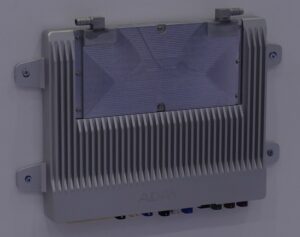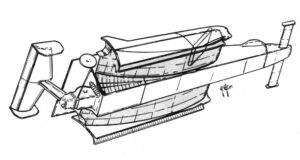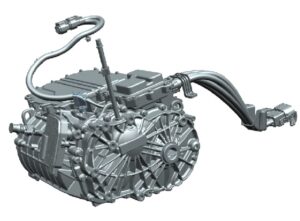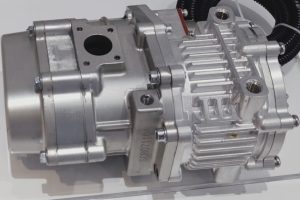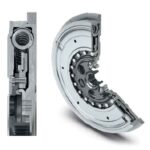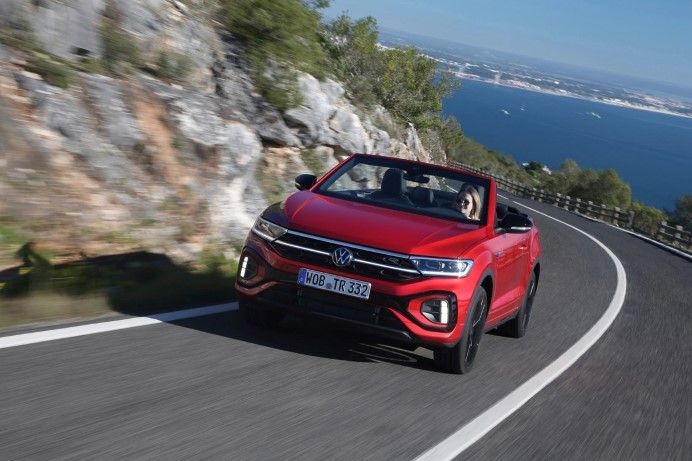
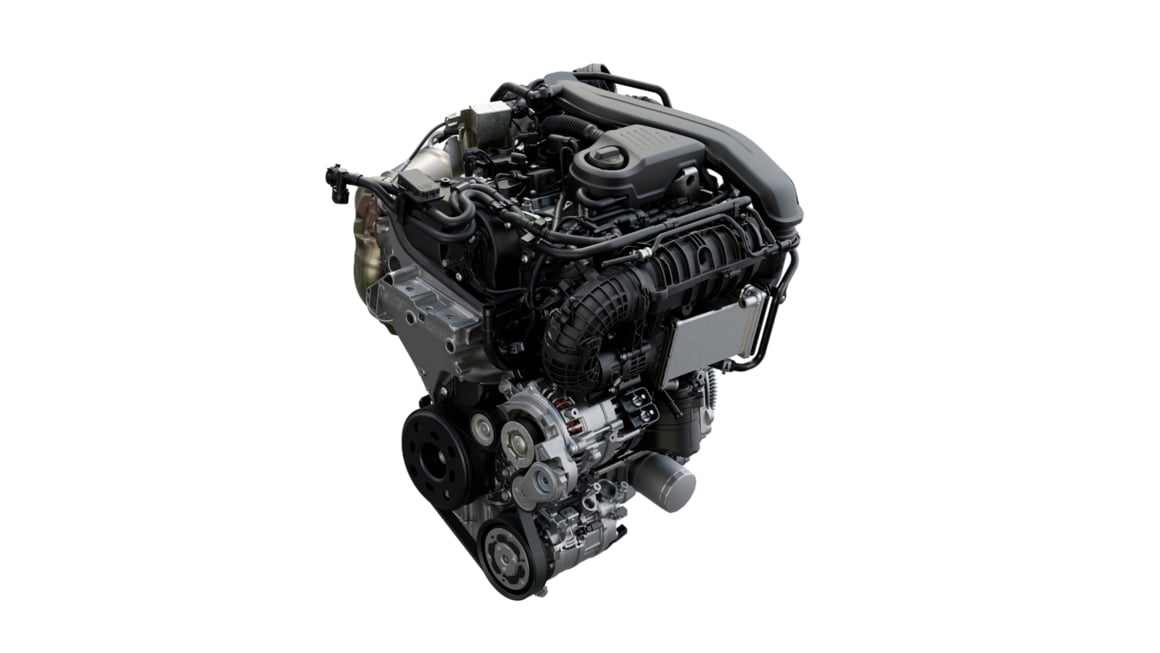
T-Roc 1.5 TSI (110 kW/150 PS), fuel consumption in l/100 km (NEDC): urban 6.8–6.2, extra-urban 4.4, combined 5.3–5.0; CO2 emissions in g/km (combined) 120–115; efficiency class: B
T-Roc Cabriolet 1.5 TSI (110 kW/150 PS), fuel consumption in l/100 km (NEDC): urban 7.0–6.4, extra-urban 4.7, combined 5.6–5.4; CO2 emissions in g/km (combined) 127–122; efficiency class: B–A
In the latest evolutionary stage of the 1.5 TSI, the development engineers have moved the three-way catalytic converter and petrol particulate filter close to the engine in a single emission control module, thereby further improving the efficiency of the emission control system. As a further contribution to sustainability, this permits reduced use of precious metals in production and at the same time creates the basis for compliance with future emission standards.
A key technological feature for reducing fuel consumption in the 1.5 l evo2 is the enhanced Active Cylinder Management system, ACTplus. The focus of this new development was on improving activation and deactivation of the two cylinders in order to guarantee smooth engine running. The combustion process in two-cylinder operation was optimised, thus also allowing the operating range of the Active Cylinder Management system to be extended. With ACTplus, the second and third cylinders are not fired when the engine is operating at low and medium loads and speeds. This switchover is hardly noticeable. The efficiency is increased in the active cylinders, while the middle cylinders simply follow with practically no losses – they are reactivated when the accelerator is pressed again.
The TSI-evo combustion process already familiar from the 1.5 l TSI evo1 is also used in the TSI evo2 generation. Alongside optimisation of combustion chamber cooling, the decisive factor is once more the symbiosis of the Miller cycle (early closing of the inlet valves with high compression) and VTG turbocharging technology (variable turbocharger geometry). A key factor for this next step was above all the possibility of developing and optimising the relevant engine software components internally at Volkswagen.
The high-pressure injection system generates a pressure of up to 350 bar, plasma-coated cylinder walls reduce friction, and pistons with cast-in cooling ducts allow combustion to be optimised and efficiency increased.
The TSI evo2 engines are designed for operation with fuels containing ingredients manufactured from renewable energy sources – this also ensures that they are ready to meet future requirements. In addition, they are suitable for various hybridisation levels; a system power of up to 200 kW (272 PS) is possible with a plug-in concept, for example.

